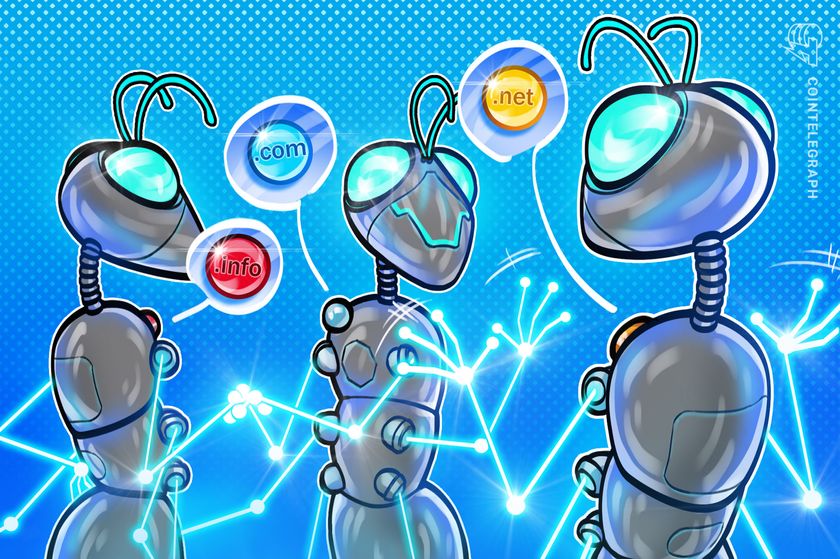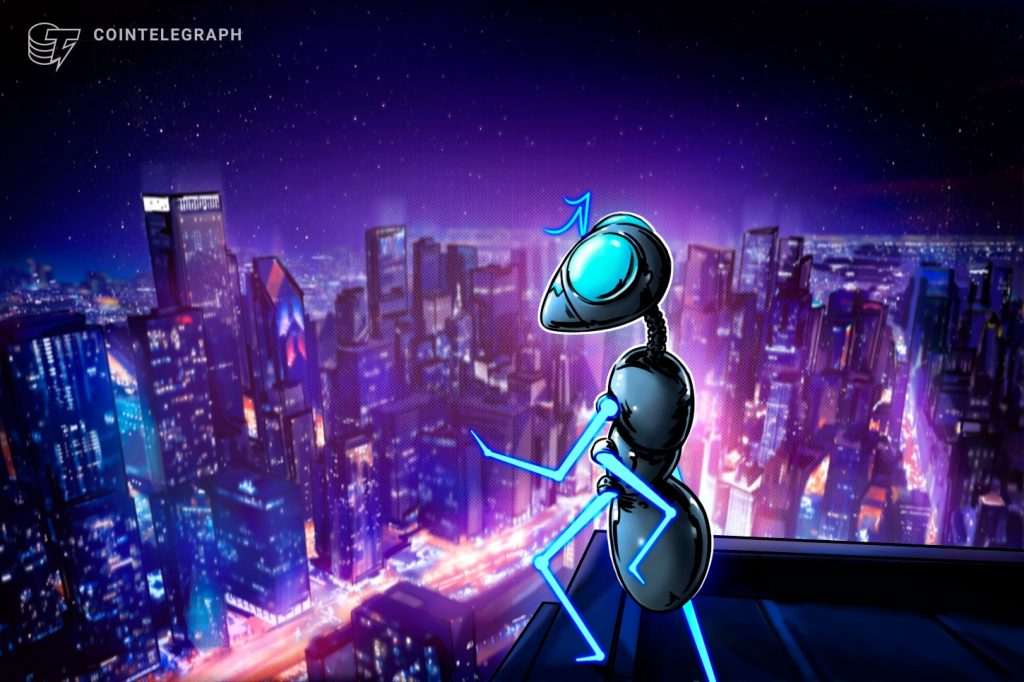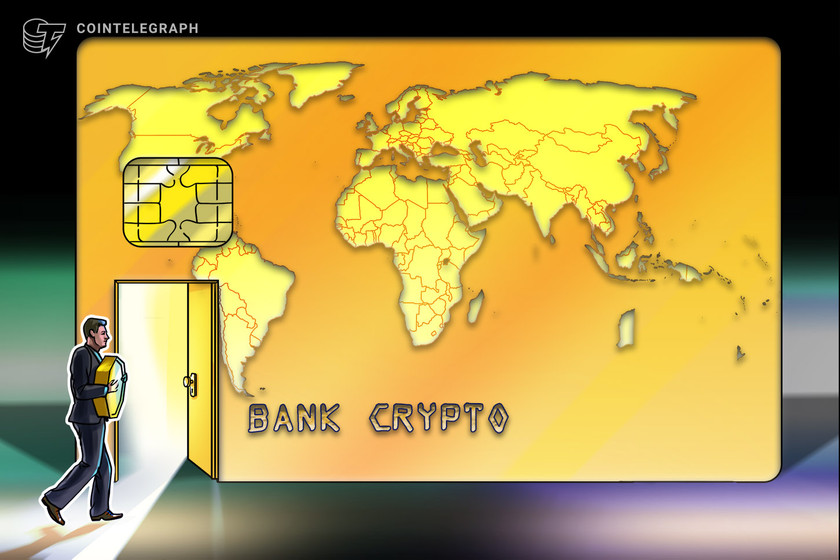A closer look at Unstoppable Domains’ .com integration


Unstoppable Domains recently integrated .com domains into its platform. What implications could this move have?
Unstoppable Domains — a prominent provider of Web3 domains — recently expanded its offerings by incorporating traditional “.com” addresses.
This move marks the first instance of merging conventional Web2 domains with the evolving Web3 domain space. This integration aims to seamlessly connect the existing web infrastructure with the new, allowing users to engage with both types of domains on a single platform.
Integrating .com domains with blockchain technology goes beyond a technical achievement; it’s an effort to enhance user adoption and streamline the overall user experience.
























